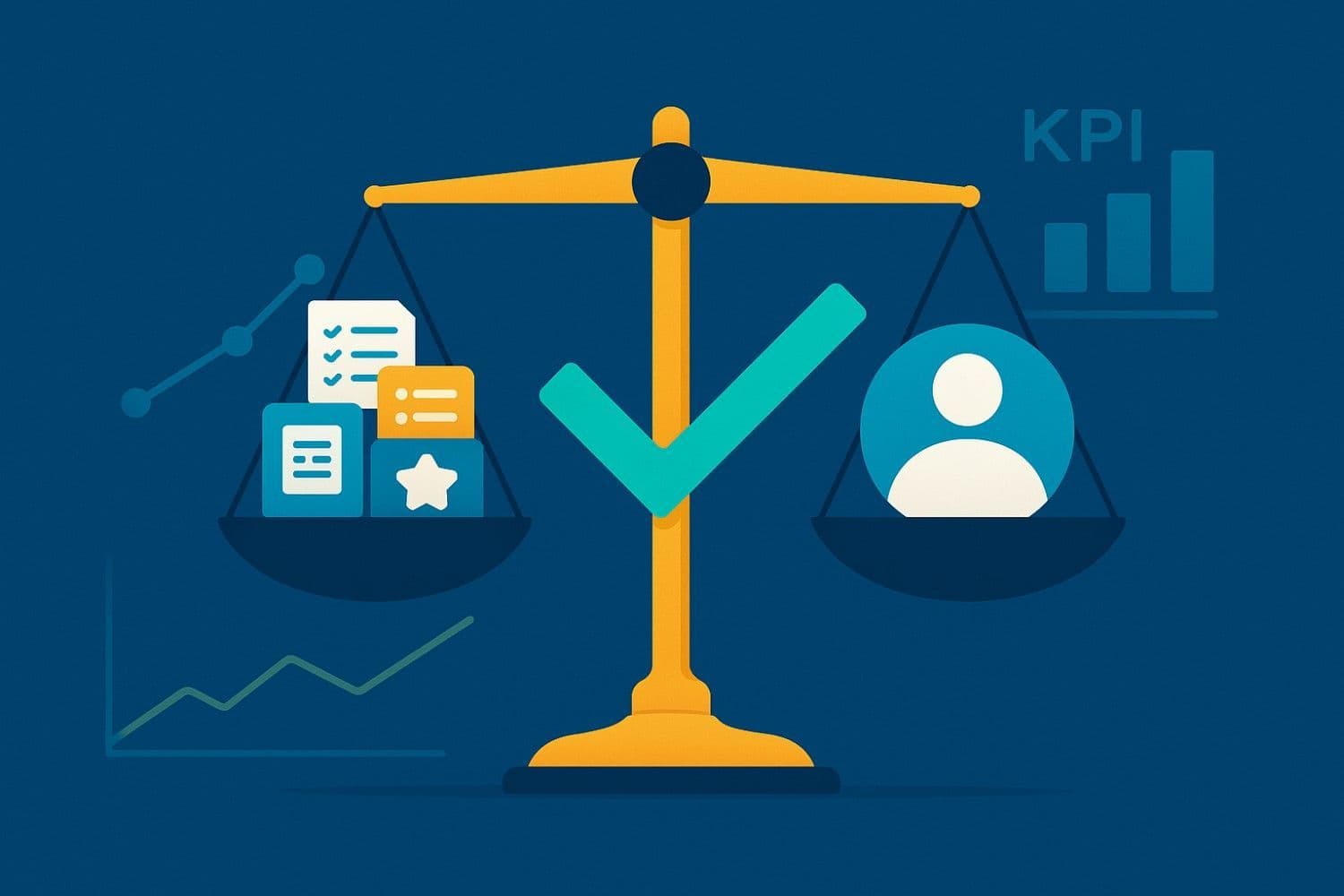- By Alex J. Maverick
- 0 Comments
 Tech Stacks
Tech Stacks
Workload Balance: Using Performance Insights to Prevent Team Burnout Before It Starts
Team burnout isn't a sudden event; it's the culmination of months of sustained, unsustainable pressure. For too long, managers have relied on reactive measures—waiting for an employee to quit or for performance to crater.
The modern, data-driven manager doesn't wait. They use performance insights as a sophisticated early warning system to spot the subtle shifts that signal a workload imbalance is brewing.
This is your masterclass in using organizational data not just to measure results, but to protect your team's well-being and ensure sustained high performance.
1. The Critical Metrics for Workload Transparency
True workload balance requires objective data. You need metrics that move beyond simple task completion to reveal capacity, utilization, and stress.
A. Employee Utilization Rate (The Capacity Indicator)
This metric tracks the percentage of an employee's total working time spent on productive, billable, or assigned tasks.
- What a High Rate Means: A utilization rate consistently above 80-90% often means an employee has zero buffer time for deep work, training, or unexpected issues. It's a key red flag for chronic overwork.
- Actionable Insight: If one person is perpetually 95% utilized while another is 60%, it's time to re-distribute tasks or investigate why the lower-utilized person isn't operating at full capacity.
B. Overtime Occurrences & Hours Logged (The Overload Indicator)
Consistent overtime isn't a sign of dedication; it's a sign of a structural workload problem.
- What the Data Shows: A sharp, sustained increase in weekly overtime hours for an individual or a whole team is the most obvious predictor of burnout risk. Predictive analytics tools can flag individuals whose working hours exceed a healthy threshold (e.g., 50 hours/week).
- Actionable Insight: When this trend appears, the response shouldn't be a thank you, but a mandatory intervention: enforce time off, reduce the current task scope, or allocate temporary resources.
C. Task Efficiency vs. Estimation (The Reality Check)
This metric compares the time an employee estimated a task would take versus the actual time spent.
- What a Growing Gap Means: If a team member consistently takes 50% longer than estimated for tasks, it signals one of two things: they're either struggling with complexity or they're so overloaded that context-switching is crushing their focus and efficiency.
- Actionable Insight: Use this data point in one-on-one meetings to open a non-judgmental discussion. Is the estimation process flawed, or is the employee facing unseen obstacles?
2. Using Qualitative Insights as a Predictive Tool
Not all burnout signs are numeric. You must also track the leading indicators of disengagement and exhaustion that show up in behavioral data.
A. Absenteeism and Time-Off Patterns
While normal PTO is healthy, track unplanned absences and skipped breaks.
- Unplanned Absence Rate: A sudden spike in sick days or short-notice leave often indicates physical or mental exhaustion that the employee couldn't plan for. It's a classic symptom of burnout.
- Skipped Breaks/Lunch: Monitoring software (where culturally appropriate and transparent) or simple check-ins can reveal employees who never disconnect. Lack of recovery time is the fuel for burnout.
- Actionable Insight: When unplanned leave rises, treat it as a crisis. Proactively reach out with support and mandate a mental health day or a longer break.
B. Quality & Error Rates (The Strain Indicator)
Burnout severely degrades cognitive function, which first shows up as quality control issues.
- What a Drop in Quality Means: A sudden increase in bugs, typos, missed details, or customer complaints from a usually high-performing individual is a strong signal of mental fatigue, not incompetence.
- Actionable Insight: Instead of disciplinary action, ask: "What has changed about your workload or support system that is making it harder to maintain your usual standard?" The answer will point you toward the workload imbalance.
C. Team Communication & Sentiment Analysis
While requiring strong ethical guidelines, modern tools can help identify shifts in team communication.
- Change in Response Time: An increase in the average time it takes for an employee to respond to internal messages can show they're overwhelmed and struggling to keep up with the volume.
- Sentiment Shift: AI tools (with full transparency) can analyze the tone in team communications (emails, Slack). A trend toward more cynical, irritable, or negative language in internal comms is a strong psychological marker of burnout.
- Actionable Insight: These shifts require immediate, compassionate managerial intervention. The data is the prompt for a private, supportive check-in.
3. The Proactive Manager's Action Plan
Data is useless without action. Your goal is to turn a warning sign into an adjustment, not an accusation.
- Lead with Curiosity, Not Judgment: When the data flags an issue, approach the employee by saying, "I noticed your task completion time has increased. My priority is to ensure you have the support you need. How can I adjust your workload this week?"
- Facilitate Workload Swaps: Use the utilization data to find a peer with capacity who can temporarily offload 1-2 key tasks. Make this a celebrated norm, not a sign of failure.
- Encourage Deliberate Recovery: Be an example. Publicly log off on time, encourage team members to block "Focus Time" and "Lunch" on their calendars, and strictly enforce the rule: No non-urgent communication after hours.
By leveraging these performance insights, you shift your management style from reactive firefighting to proactive well-being protection. You'll not only prevent burnout but also create a more resilient, engaged, and consistently productive team.





0 Comments